Drink Cola every day, do you know the bubbles behind carbonated beverages science?
Author:Institute of Physics of the Ch Time:2022.09.13
Read the following articles carefully, and think about the problems raised by interaction at the end of the article, and strictly follow the interaction: leave a message in the comment area in the comment area, you will have the opportunity to get the high -quality popular science book "Feast of the Element" provided by the unparalleled exploration home.
Open the wine bottle, raise the wine glass, toast for physical and chemistry and beautiful things.
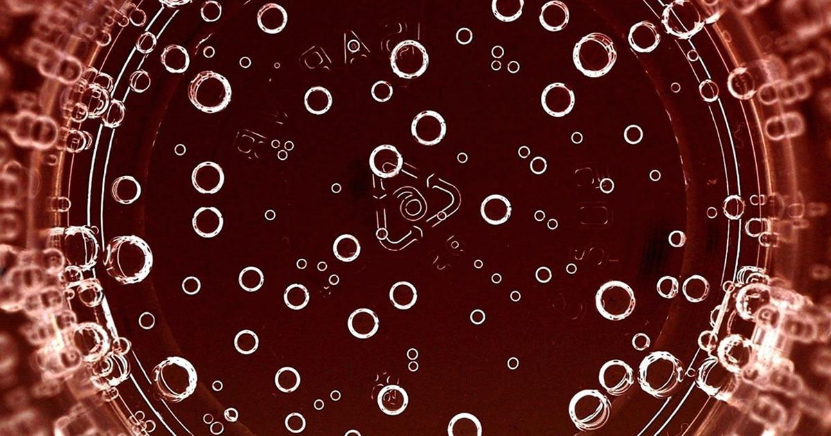
In a laboratory in French wine hometown, a group of researchers carefully installed a ultra -high -speed camera. Like many excellent scientists, they are committed to solving the secrets of the universe and seeking the language of mathematics, physics and chemistry to describe the material world. Their research object is: bubbles in champagne.
Chemical physicist Gérard Liger-Blair is the head of the eight-person group of "Bubble and Champagne" at the University of Lance. Essence Starting from his doctoral dissertation in 2001, Lirgie Bellele began to focus on studying the phenomenon of the inside and above of the cup. He has written more than 100 papers on this theme, including in -depth research on champagne and sparkling wine in the "Analysis of the Analysis of the Chemistry" in 2021, and a best -selling book "Bottle: The Science of Champagne".
Lirgill Bellehery recalled: "When I was a child, I was fascinated by blowing soap bubbles and watching soap bubbles. This obsession has continued and supported me to do a lot of practical work. There are many attractive air bubbles. There are many attractive people. The place where it is not just the fun of bubble wine. "Lirgie Bellele showed the air -soluble gel formed by the small air bubbles in the sea fog, and explained how the ocean was used to affect the formation of clouds and climate change to climate change. of. He even helped astronomers determine that some of the mysterious highlights in the radar scanning map of Saturn Satellite Satellite may be a few centimeter -sized nitrogen bubbles on its polar ocean surface.
Lirgill Bellele is glad to focus on the bubbles of champagne and other foam drinks including cola and beer in the past 20 years. His laboratory studies all the factors that affect bubbles, from the type of cork to the ingredients of wine to the way of dumping of drinks. They study how carbon dioxide bubbles affect the taste, including the size and number of bubbles, and the aromatic compounds that volatilize to the air above the cup.
In order to seek answers, they turned to Qi color spectrum and other analytical technologies. And, in the process, they took some eye -catching photos. Others from all over the world also set their sights on the bubbles, and even invented the robot to pour wine steadily, and began to pay attention to the psychology when we enjoyed the bubbles.
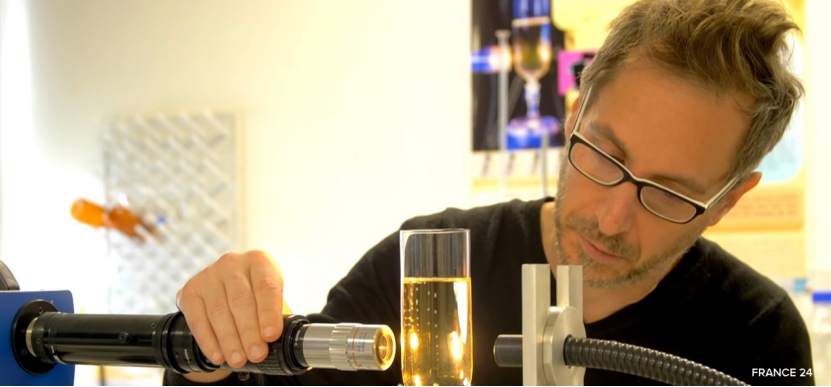
Champagne researchers Lirgill Bellele aimed at high -speed cameras at the glass and captured the change and rise of bubbles. Champagne from grapes to glass
According to legend, the owner of a monastery cellar in the Champagne area of France, Dom Pierre Pérignon, a monk Dom Pierre Pérignon, drank the first sparkling wine that had occurred in history, and sighed: "I'm drinking. Stars! "Facts prove that this may be fictional. The earliest sparkling wine may come from another monastery in France, and the first scientific papers on the foaming problem came from the British Christopher Merret. He proposed this to the newly established Royal London Institute in 1662. Thinking, this is a few years earlier than the owner of Peronon as a wine cellar.
The traditional method of producing champagne includes the first fermentation of grapes to produce base wine, and then add sugarcane or beet sugar and yeast to allow it to perform a second fermentation. Then, the second fermented wine was placed at least 15 months (sometimes decades), and the death of yeast cells during the period would change the taste of the wine. The dead yeast was frozen into a plug of the bottleneck, then pulled out the plug and removed these yeast. Some of the gases in the drink will be lost in the middle.
The wine will be re -bottle, and sometimes additional sugar is added. A new balance is established between the air layer and the liquid layer in the bottle, and the final carbon dioxide dissolution is determined. (For those who want to see mathematics, there are equations to describe the gas content at each stage).
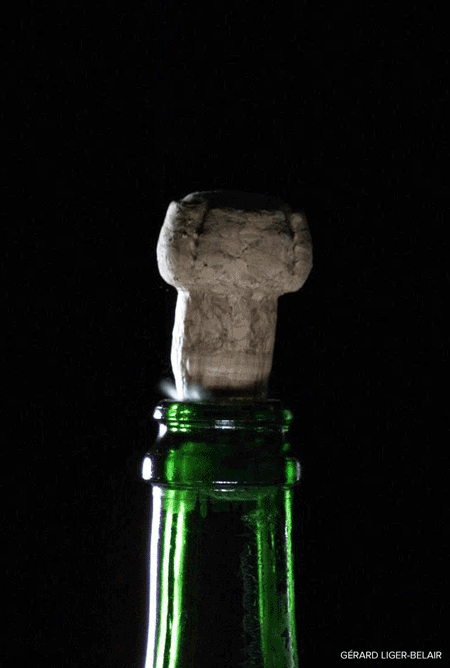
A short film popped up from the champagne bottle
Scientists have found that a high -quality cork made of small particles with a large amount of adhesive can keep the gas in the bottle for at least 70 years.
Of course, the taste of the final product depends to a large extent on raw materials. Kenny McMahon said: "Grape is the core of the quality of wine." He was a food scientist who studied brewing at Washington State University before he founded his winery. The taste of wine to a large extent depends on how much sugar is added in the final stage. McMahon said: "In the 1920s of the" Roar "(1920), the American champagne is really sweet. And different from the country. "
But bubbles are also very important: the protein in wine, including protein from yeast cells, can fix smaller bubbles, so that the ideal "mousse" foam appears on the top of the champagne wine glass, and a clearer burst sound is made in the mouth. According to the University of Melbourne, Sigfredo Fuentes: Most of the impression of a ordinary consumer about brewing wine comes from an unconscious assessment of bubbles.
"You can basically use the visual first reaction to determine that you don't like a champagne through the first visual reaction. Before the wine, the cheap and gas -free wine that stimulated bubbles with sound waves was temporarily, and people were even willing to pay more money for this wine, "he said with a smile:" For this true inferior wine, it can also sell to $ 50. " Black and white photos of champagne wine.
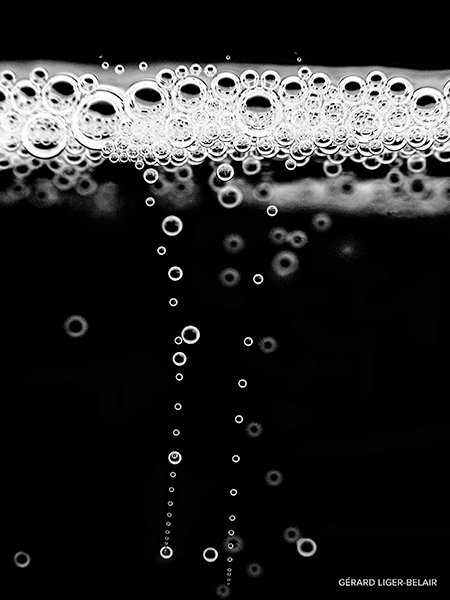
The top of the top of the champagne glass is critical to enjoy the enjoyment of the drink, but too much carbon dioxide can stimulate the nose.
Under normal circumstances, in order to make the beverage have an ideal foam burst taste and carbonated flavor, each liter of liquid in the beverage needs to contain at least 1.2 grams of carbon dioxide. However, too much carbon dioxide is not suitable. More than 35.5%of the carbon dioxide in the air in the cup will stimulate the nose of the drinker and produce an unpleasant tingling sensation. The irritation at the champagne flute (translation: a bartender) may be greater, because the carbon dioxide concentration above the liquid in the champagne flute is almost twice the butterfly cup with a wide mouth. If you pour out from the ice bottle, the irritation is lower than the warm bottle.
The team of Lirgill Bellele found that a good cork (composed of small particles with a large number of adhesives) can keep the gas in the bottle for at least 70 years. After that, drinks became bland. In 2010, archeologists found on a bottle of sleeping on a shipwreck for more than 170 years of champagne for more than 170 years.
Clara Cilindre, a colleague, received a few milliliters of precious "elixir" to study. In 2015, they and colleagues said that these wines have some interesting characteristics, including the proportion of abnormal iron and copper (may be from nails in the barrel used for aging, or even pesticides from grapes). They also have a large amount of sugar, but the alcohol content is surprisingly low, which may be because the advanced fermentation is performed at a lower temperature than usual. Although Lirbell Breyle and Silins were regrettable, they did not have the opportunity to taste their samples, but other people who tasted described it in words such as "tacky".
A bottle of champagne covered with mud is lying in a wreckage of a sinking underwater. This bottle has a 170 -year -old champagne wine that is disappointing and uncomfortable, and it is "tacky".
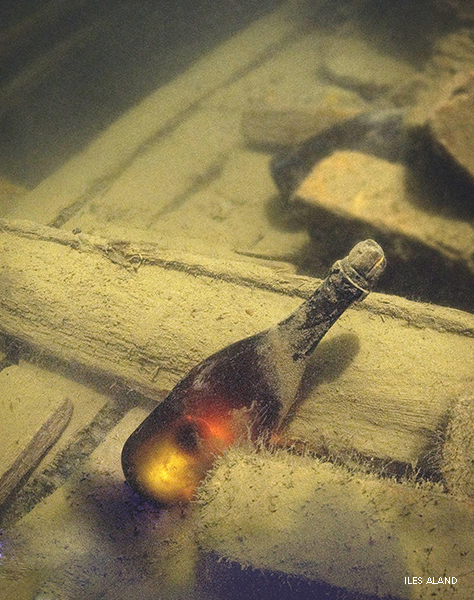
The method of more common bottle of ordinary champagne, and even pouring alcohol also affect bubbles. If 100ml of champagne is poured directly into the vertical champagne flute, Lirgie Bellehel calculated about a million bubbles in the cup. However, the "Beer -type inverted method" from the side of the wine glass will increase tens of thousands of bubbles. He said, "If the operation is improper, the dissolved carbon dioxide will have huge losses." The rough dots inside the glass can also help form air bubbles. Some glass manufacturers have eclipted shape inside the glass to help this process. McMahon said that in order to avoid the introduction of surface active agents that produce bubbles, some people do not even use soap to clean their cups.
Champagne taste test
Funteus is pursuing a commercial application of another angle. His team created Fizzyerobot -a simple robotic device (made of a prototype by Lego bricks), which can be stable. The robot uses the camera to measure the volume and life of the top of the glass, and has a metal oxide sensor to detect the concentration level of carbon dioxide, alcohol, methane and other substances above the air. The team is using artificial intelligence -based software to use these factors to predict the aromatic compounds of the beverage itself. It is important that it can predict the taste of wine. (Most of this study is for beer, because the manufacturing cost of beer is lower and faster, but it is also suitable for champagne).
"We can predict the acceptance of different consumers for sparkling wine, whether they like it, and why they like it." This prediction is based on the team's own task -owners' preferences, and as well as Including biometric technology, including body temperature, heart rate, and facial expression. He said that using this information can determine the best time to place any sparkling wine with dead yeast, in order to maximize the creation of delicious drinks. He expects the system to be put into commercial use in 2022.
Of course, human tastes are different and can be deceived. Many studies have shown that the wine tasting experience is deeply affected by the psychological expectations determined by the appearance of the wine, including the lights and music from the accompanying people to the room. However, through decades of experience in Lirgill Belle, personal preference for aging champagne (aged wine often contains less carbon dioxide). At a temperature close to 12 degrees Celsius, gently pour a gently into a Large tulip -shaped glass (more traditional for white wine), and don't be too full.
He said: "Since I became a scientist, many people told me that I seemed to have found the best job in all physics because my career was around the bubble. Working in the laboratory. "" I agree with this statement ", but his real career fun, he added," I still have children like a child like a bubble as a child. This kind of love for the bubble has not been shattered. "
Author: nicola jones
Translation: NUOR
Graduate: Tibetan idiot
Original link: Champagne Bubbles: The Sciencefu
blessing
li
profit
shi
Time
jian
between
Today we will send out the "Feast of Elements" provided by the unrelated exploring home.
The author has collected a large number of little -known historical materials in scientific history and human history, and describes the historical legend of chemistry and humans from different perspectives.
Do you know that nitrogen fertilizer was discovered by the way when Germans studied strong bombs? Do you know that mercury has been used as a laxative for a long time, and radium was originally used to make health drinks? Whether to eat iodized salt is one of the important issues that Gandhi leads the people to fight for independence. Menjiev came up with the element cycle table when playing poker. Graze saw the new method of detecting particles ...
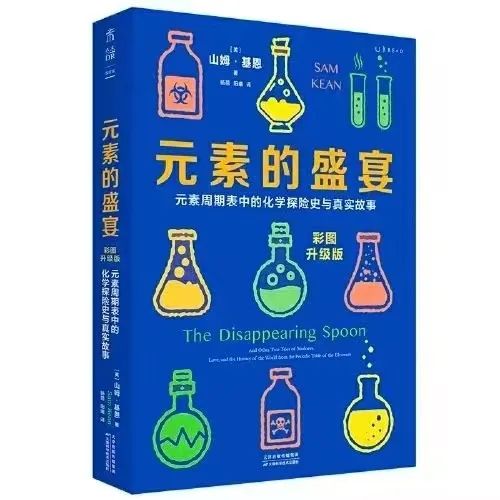
This book is a vivid biography of a human exploration legend in the field of chemistry. In a word, this book is to talk about the element cycle table with humanistic talks.
Interactive question: What do you know about it, but there are many scientific backgrounds or knowledge behind it?
Please leave a message in the comment area to participate in the interaction in strict accordance with the interaction: those who do not meet the requirements of the format.
As of 12:00 noon on Thursday, friends who participated in the interactive message ranked second, three, and five -sixth, and will get a book we sent (the same comments with the same number of likes are tied at side, the next place The order is added, and readers after the second place are recorded as third place, so on.).
In order to ensure that more friends can participate in the award, friends who have won the award in the past four periods cannot receive prizes, and the ranking will be postponed in order
*This event is limited to the WeChat platform
Translation content only represents the author's point of view
Does not represent the position of the Institute of Physics of the Chinese Academy of Sciences
Edit: Tibetan idiot
- END -
E -commerce companies are so popular
Different from the traditional consumer format, the grass planting economy can dig deeper to dig consumer potential. At present, the grass planting economy has reached 100 billion yuan. Among them, on
The "Internet User Account Information Management Regulations" is officially implemented

The Internet User Account Information Management Regulations issued by the State C...